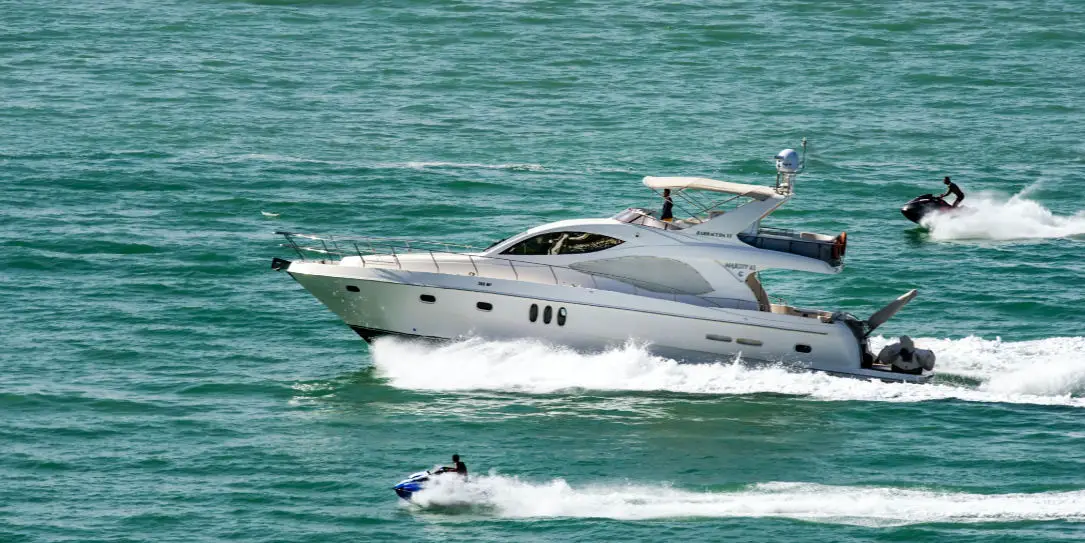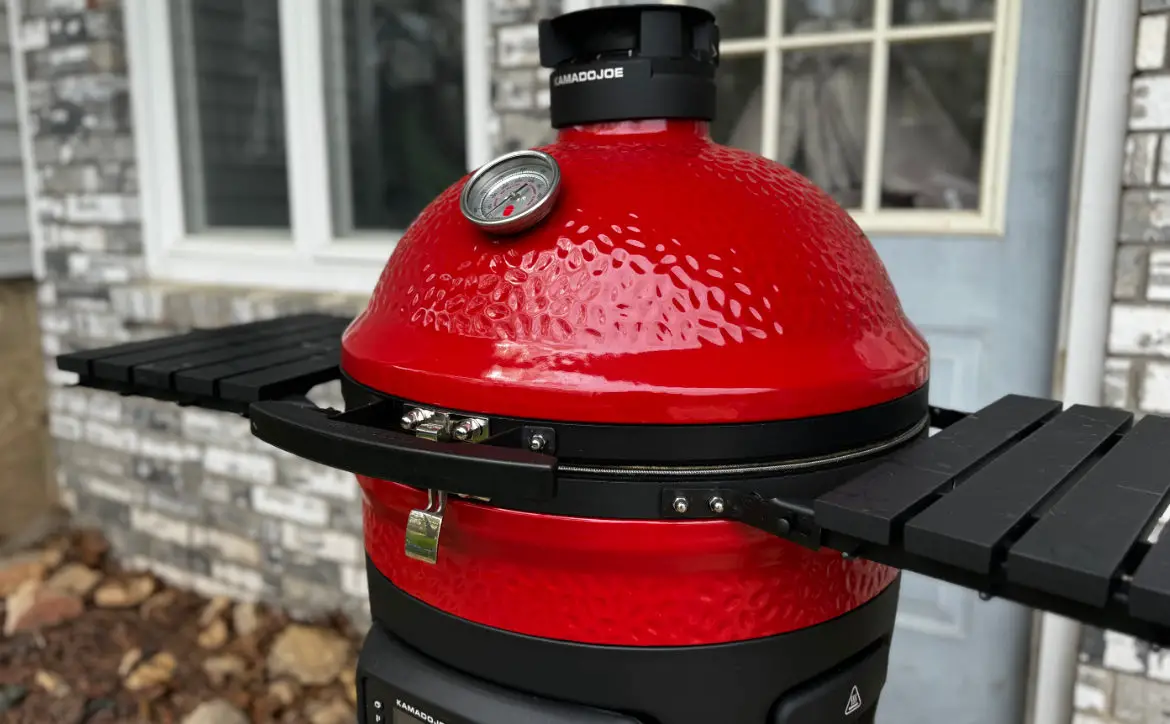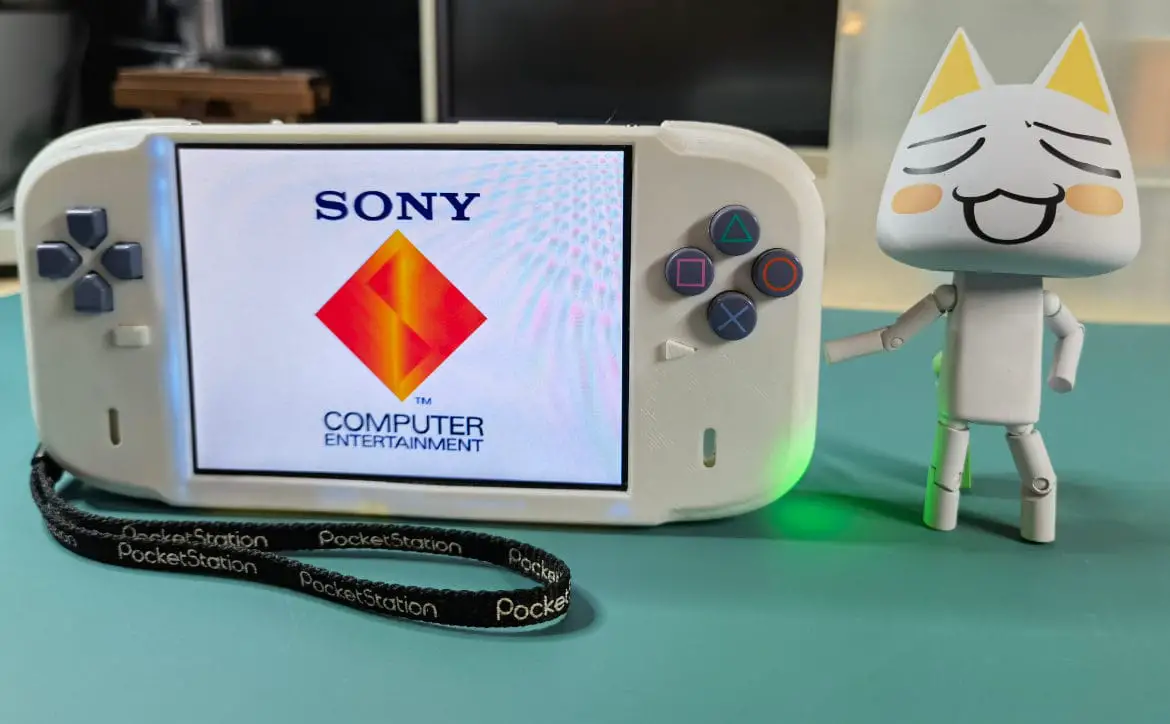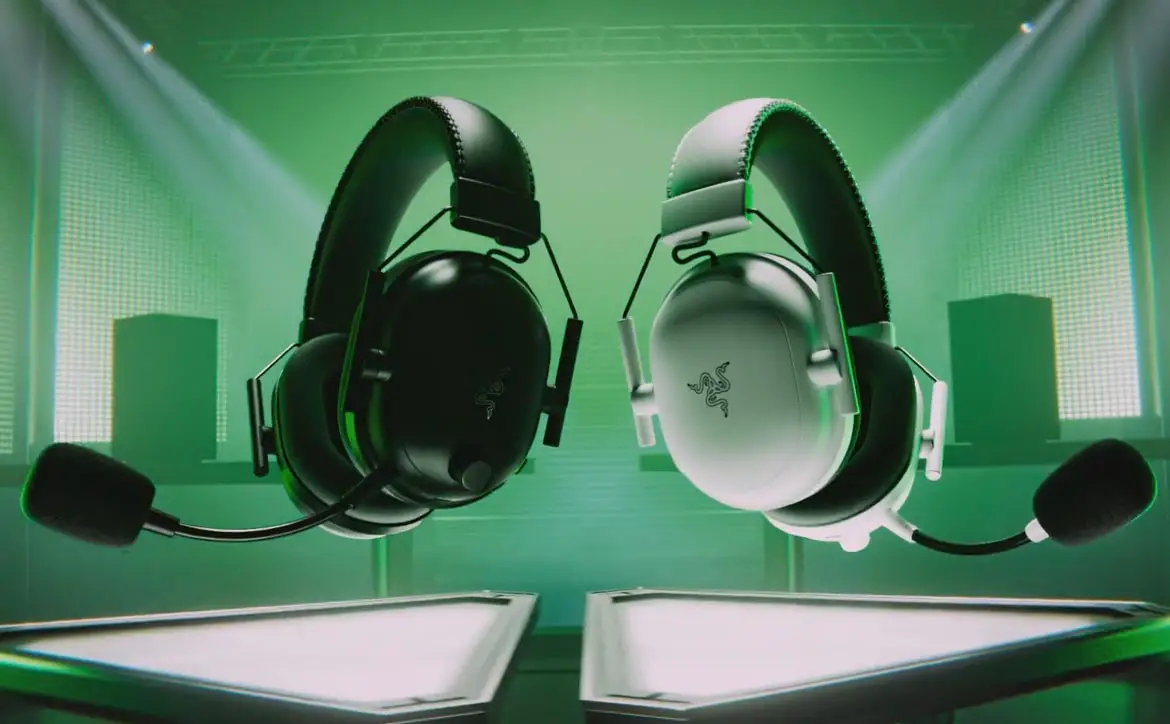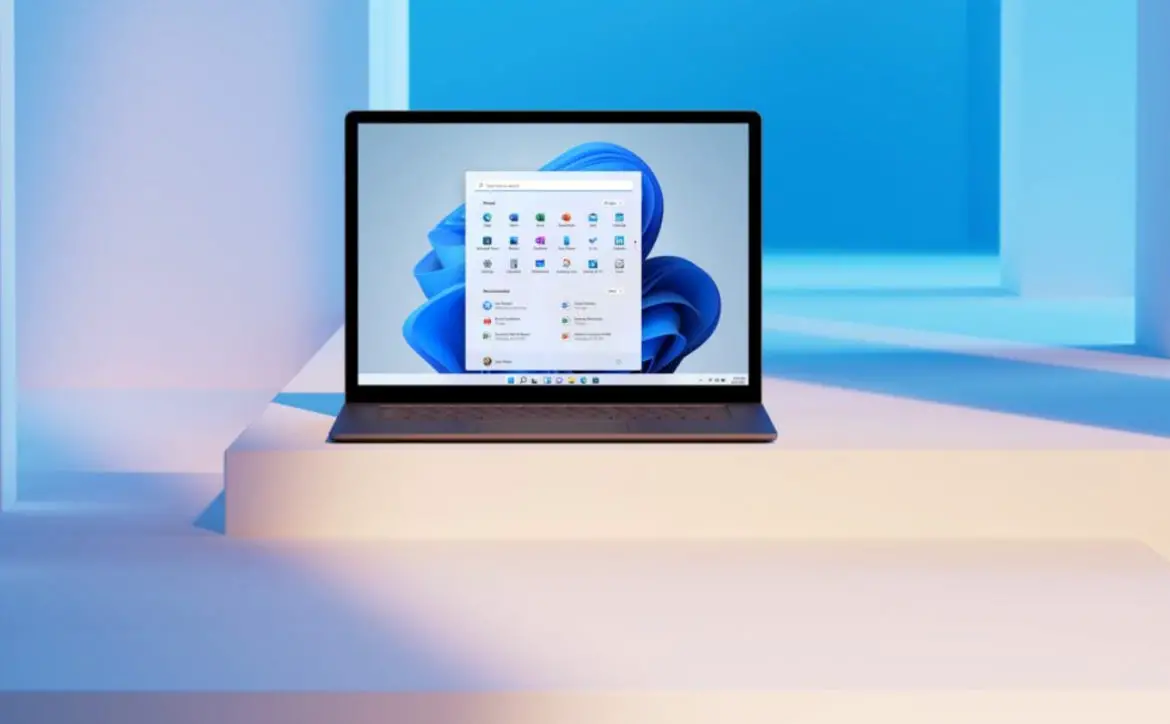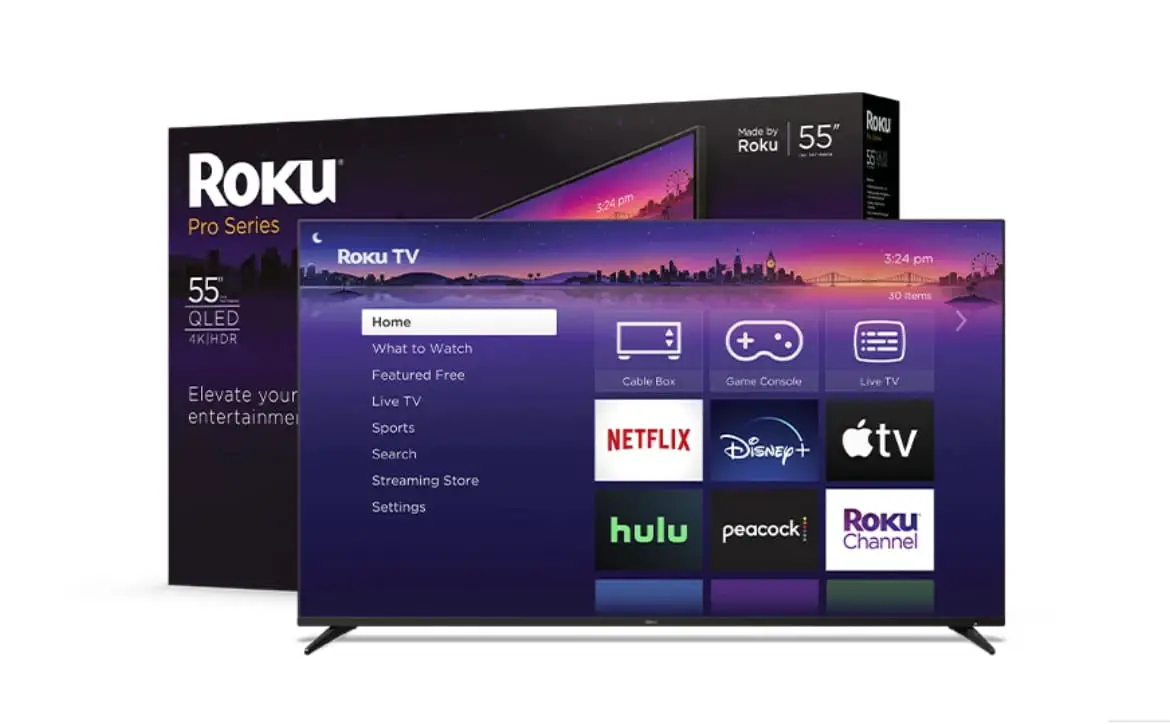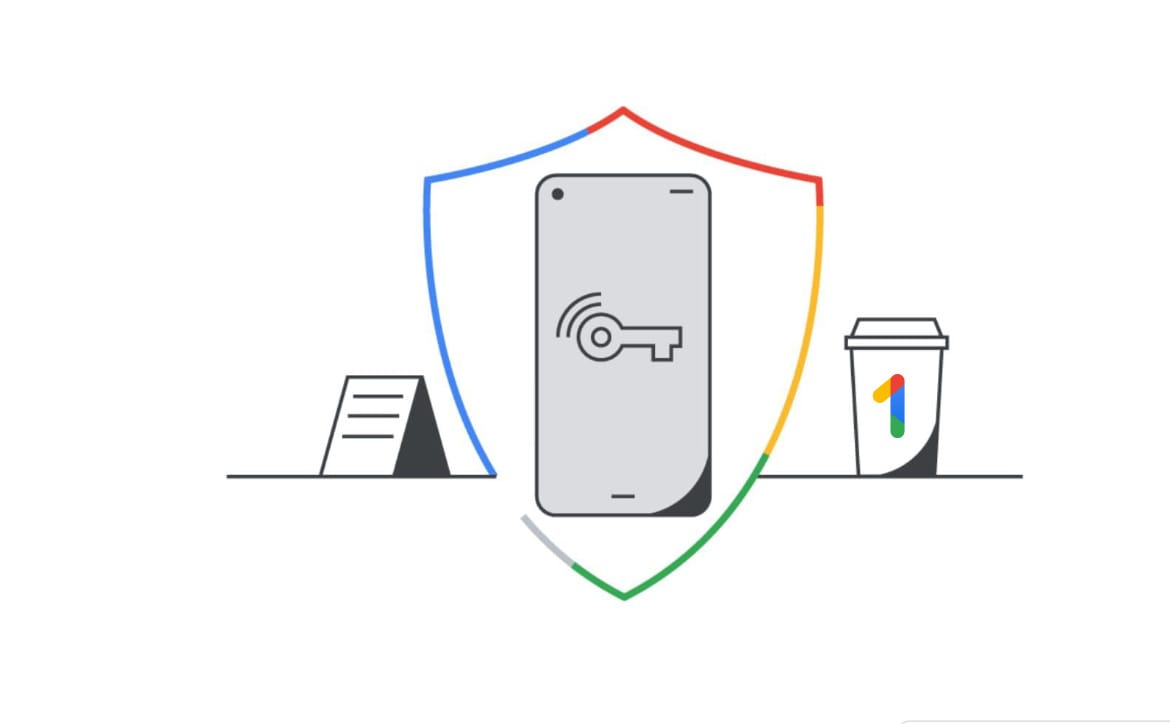Boating is one of humanity’s oldest institutions, both as a means of work and as a hobby. Today’s vessels and techniques are a far cry from what they were just 50 years ago, though. Modern technology has changed boating, and it’s not showing any signs of stopping.
The maritime industry has always been at the cutting edge of technology. There was a time when having the most advanced ship technology would mean being a world power. While the age of naval conquest is gone, technology still plays a prominent role in boating.
It would be challenging to find an aspect of boating that modern technology hasn’t changed. Some spaces are seeing more transformation than others, though. Here are a few of the most substantial technological changes happening right now.
Safety
Modern ships are far safer than their earlier counterparts, and this is improving all the time. Technologies like radar, sonar and global positioning systems (GPS) help vessels avoid any obstacles that could pose a danger to them. If something does happen, communication tools like automated reporting systems can alert authorities faster.
One of the most promising and revolutionary safety technologies, though, is artificial intelligence (AI). Specifically, AI-assisted piloting, which many companies are trying to push further to develop self-driving boats. When ships can steer themselves, either all the time or just for a moment, they ensure a safer trip.
Human error accounts for between 75% and 96% of maritime accidents — automation can improve safety by a substantial margin. Autonomous ships aren’t a reality yet, but they may only be a few years away. With organizations from Rolls Royce to the Navy looking into the technology, it’s likely not too far in the future.
Navigation
Without roads or landmarks, navigating open water has proved a challenge for sailors for millennia. With modern navigational technology, that’s not much of an issue anymore. Even if fewer people are getting lost at sea, these technologies are still improving.
GPSs came about in the 1970s, and since then, they have become the standard for naval navigation. Today’s GPSs are far more advanced than the ones from the ’70s, though. Many ships now come with GPS-powered automatic steering, using precise satellite tracking to assist pilots.
As AI technologies become more widely available, they’ll take over navigation as well. They already exist in limited functionality, but as stated earlier, will eventually replace manual pilots altogether. Until then, they work a lot like driver-assistance technologies in cars, making small adjustments to help human navigators.
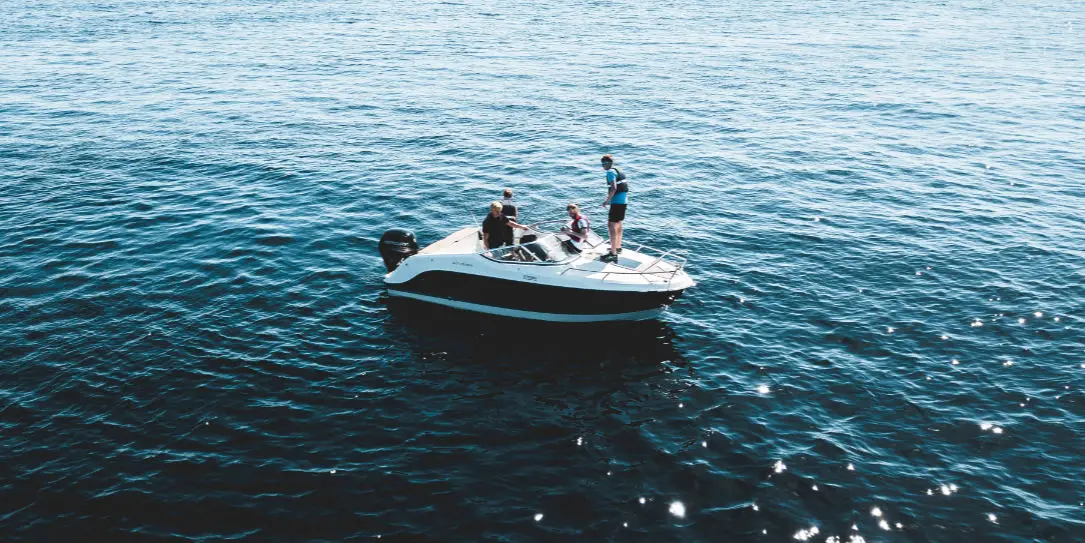
Sustainability
One of the most popular trends in technology right now is sustainability. The maritime industry is no different, as many ship manufacturers are moving toward eco-friendly vessels. While going green used to be expensive and impractical, technology is making it a more attainable goal.
The most significant application of green boating technologies is in propulsion systems. Just like with cars, boat companies are pursuing zero-emission power, from solar sails to hydrogen fuel cells. As technology keeps advancing, these renewable power sources become more efficient, making them a better alternative to industry-standard diesel.
Building ships out of recycled materials is another growing trend. New manufacturing techniques allow shipbuilders to craft hulls out of recycled polymers and plastics. On top of being good for the environment, these practices can make boats more affordable.
Fishing
Sailing isn’t the only activity that boating covers, and it’s not the only one technology improves. Fishing has become a high-tech hobby as the benefits of more advanced equipment become more evident. Gear like electronic fish attractors can ensure that even novice fishers have a chance.
Drones are one of the most versatile technologies available today, and fishers use them too. The aerial view these gadgets provide can help people see nearby fish that they may not be able to from the boat. Research-grade drones even come with equipment like Light Detection and Ranging (LiDAR) that can reveal things far below the surface.
Digital dashboards can also provide helpful information to fishers. By seeing data like water temperature and depth, people can find the right habitat for specific species of fish. These advantages help both people who fish for sport and those who make a living off of it.
Comfort
Not all technological improvements serve to make things safer or more sustainable. Some advancements happen just to make life more comfortable, and that’s certainly the case in boating. One of the leading technologies in this area is the Internet of Things (IoT) and smart home devices.
Just as IoT gadgets can create an interconnected smart home, they can do the same on boats. Smart home technology makes luxury vessels like yachts even more comfortable, improving environmental controls, entertainment and cleanliness. Internet functions allow people to connect to others on land even when they’re out at sea.
Getting an internet signal at sea seems challenging, but new technologies make it more accessible. Projects like Google’s Loon seek to bring wireless connectivity to remote areas, which would help IoT adoption in boating.
Community
Across all industries and hobbies, technology’s power to connect people has been consistent. In some ways, technology has made the world a smaller place, fostering communities in turn. Interest groups consisting of fishing and sailing enthusiasts can connect better than ever before.
Social media is probably the most noteworthy example of technology bringing communities together. Through groups and event pages, people can socialize with others with similar interests, no matter where they are. They can even use these sites to buy and sell equipment.
Without platforms like social media, it could be challenging for someone to enter into a new interest group. With these technologies, though, anyone can find a wealth of information and support from veterans in the community.
Technology Is Shaping All Industries
Technology has become such a definitive aspect of life that it’s challenging to see an industry it hasn’t changed. Since boating has a long history of adopting new technology, it’s no surprise that it’s still advancing. At today’s rapid pace of development, it won’t be long before tech makes boating an entirely different industry than what it is now.
Technological improvements have made boating safer, more precise, more sustainable, and more comfortable. With further development, it could improve even more areas of the industry. It’s impossible to say where technology will take boating next.
What do you think about boating technology? Let us know in the comments below or on Twitter, or Facebook. You can also comment on our MeWe page by joining the MeWe social network.
Last Updated on February 3, 2021.

